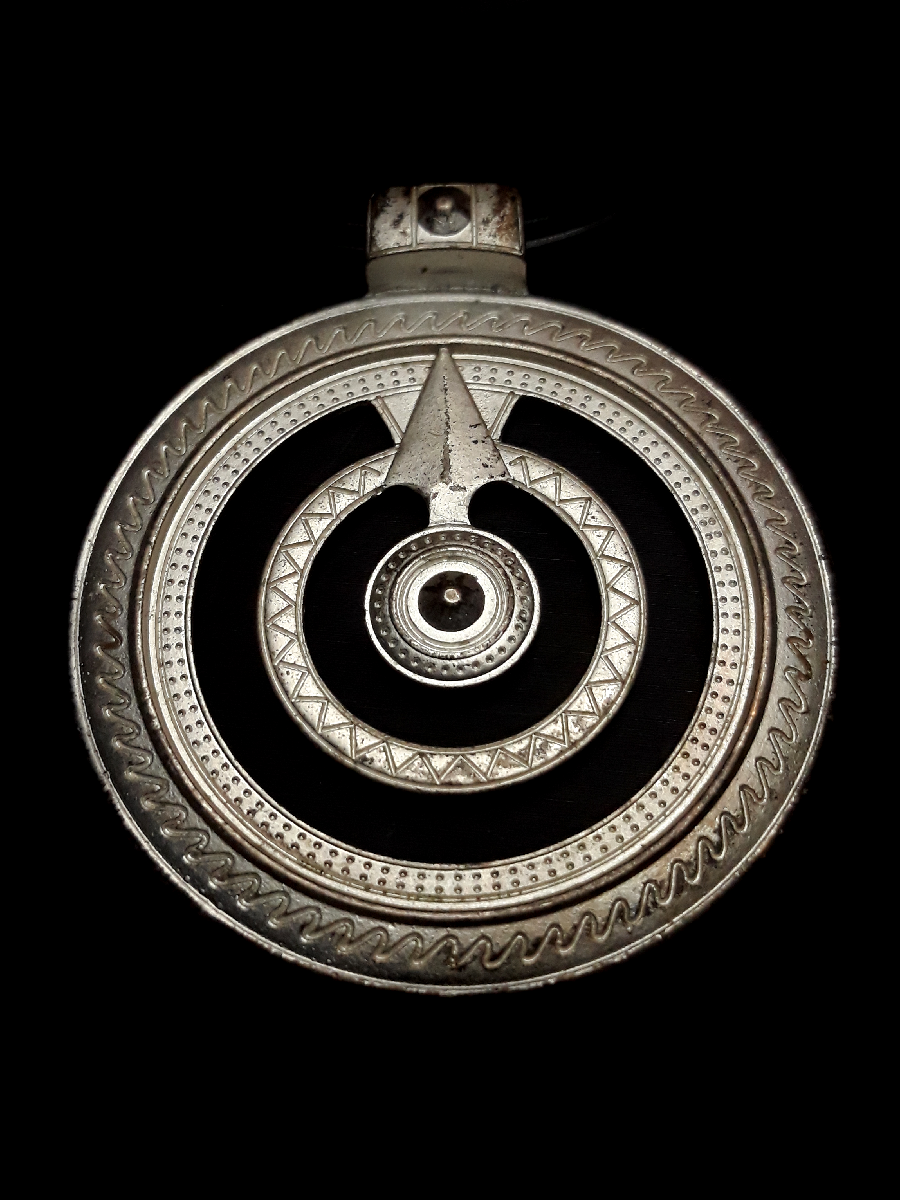
If Cxcr7b acts as an Sdf1 sink in the trailing region of the primordium as well, the regionally distinct combinations of cxcr4b and cxcr7b expression in the primordium might enable individual cells to detect a Sdf1 gradient necessary for directed migration.Ĭhristopher D.M. Therefore, Cxcr7b modulates the amount of Sdf1 available to bind to Cxcr4b, which enables PGCs to detect an Sdf1 gradient guiding the cells toward the developing gonads. A beautiful study of the roles of chemokine signaling in primordial germ cell (PGC) migration in zebrafish discovered that Cxcr7b can also function as an Sdf1 sink without activating an intracellular signaling cascade. However, given that neither receptor is dispensable, the two chemokine receptors either bind Sdf1 with different affinities, or they elicit distinct intracellular responses upon ligand binding. This finding initially seemed puzzling, since both receptors bind to Sdf1. Both receptors are necessary for directed migration, as loss of either one disrupts migration. This hypothesis is supported by the finding that the two chemokine receptors cxcr4b and cxcr7b are expressed in opposing poles of the primordium ( Figure 227.3c, d). This finding led to the hypothesis that Sdf1 protein is not expressed as a gradient along the horizontal myoseptum, but rather that the primordium itself is polarized or is able to create an Sdf1 gradient within the primordium. However, in some zebrafish mutants the primordium turns around on itself midway down the trunk and migrates back toward the head. Initially it was thought that Sdf1 was expressed in a gradient that guides the primordium to the tail tip. The two Sdf1 receptors Cxcr4b and Cxcr7b, on the other hand, are expressed in complementary regions of the primordium ( Figure 227.3b, c ). The chemokine ligand Sdf1 is expressed in cells along the horizontal myoseptum, prefiguring the track on which the primordium will migrate ( Figure 227.3b).

Several studies have demonstrated that chemokine signaling is the major guidance system employed by the primordium. Nevertheless, the primordium does not stray on its way, but migrates straight along the horizontal myoseptum (a connective tissue along the midline of the trunk) toward the tail tip. Guided primordium migration is a fascinating process, as the primordium migrates along the embryonic axis, thereby encountering many different positional cues. Tatjana Piotrowski, in Handbook of Cell Signaling (Second Edition), 2010 Chemokine Signaling Guides the Migrating Primordium Less severe clinical forms are reportedly associated with a small phallus, partial vaginal outlet obstruction, and other urinary and genital tract anomalies. Pulmonary hypoplasia is often an associated condition and obstructive uropathy may infrequently be associated with Eagle-Barrett (prune-belly) syndrome.

These abnormalities may be seen in the VATER/VACTERL association ( vertebral abnormalities, anal atresia, tracheoesophageal fistula with esophageal atresia, radial and renal dysplasia). Associated abnormalities include an imperforate anus, the absence of urethral and vaginal outlets (unless a phallic urethra forms), and urinary tract and Müllerian (uterine and vaginal) anomalies, which are usually not found in traditional forms of 46,XX DSD. The absence of a urogenital groove makes for a more male-appearing perineum. 89.17), a small phallus-like structure develops from the genital tubercle (there is variable formation of a phallic urethra and corpora tissue), and the labioscrotal swellings may or may not develop.

The formation of the urorectal septum and differentiation of the cloacal membrane into the urogenital and anal membranes, followed by their breakdown into the urogenital sinus and anus, are critical for the development of the indifferent external genitalia at 7 weeks as well as for the lower genital, urinary, and intestinal tracts. On rare occasions, the external genitalia of a 46,XX fetus may have a masculinized appearance because of an error in morphogenesis occurring at 4-7 weeks of fetal age rather than abnormal androgen exposure at 8-12 weeks. Martin MBBS, FRACP, in Fanaroff and Martin's Neonatal-Perinatal Medicine, 2020 Dysgenesis of External Genital Primordia


 0 kommentar(er)
0 kommentar(er)
